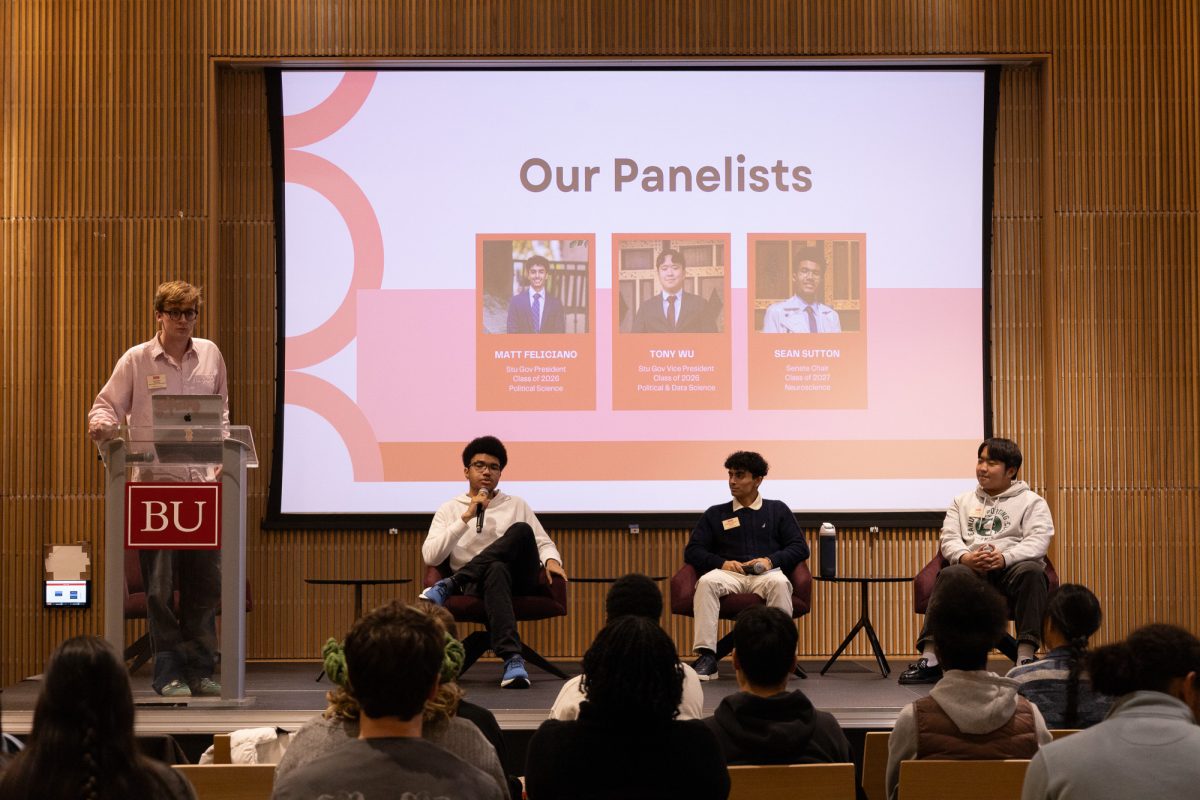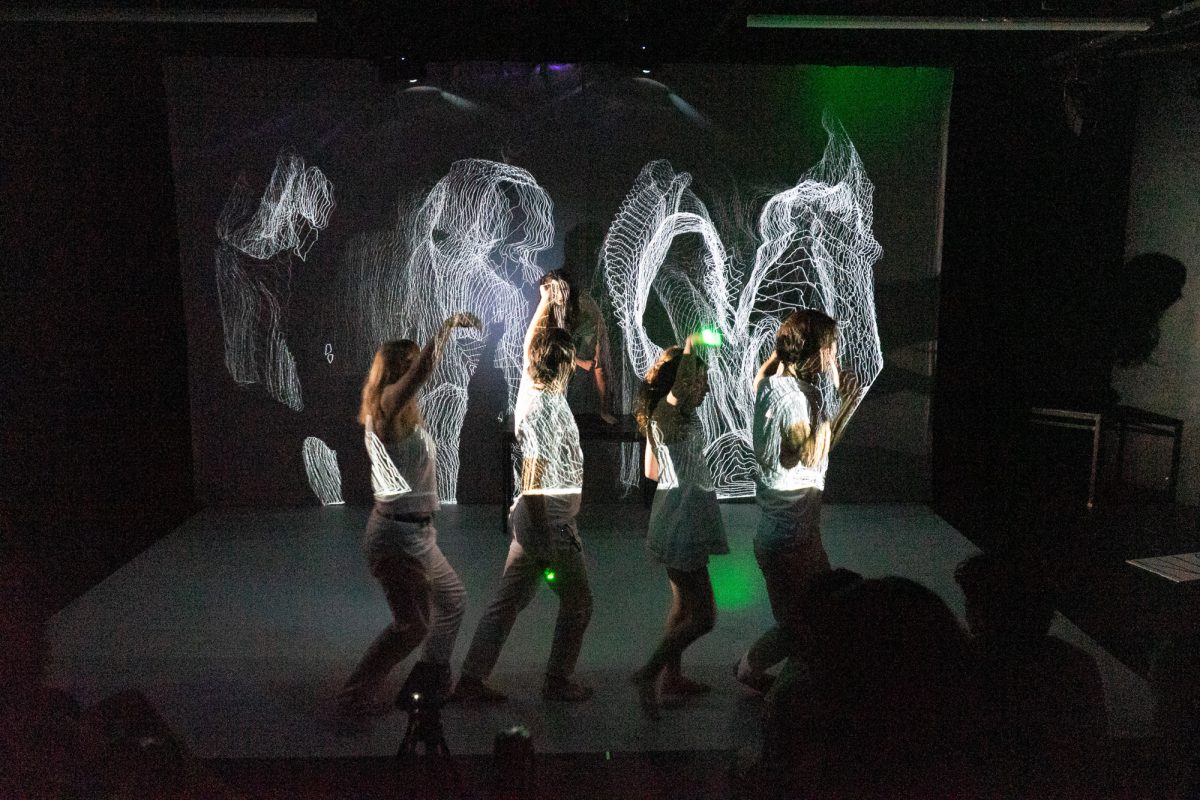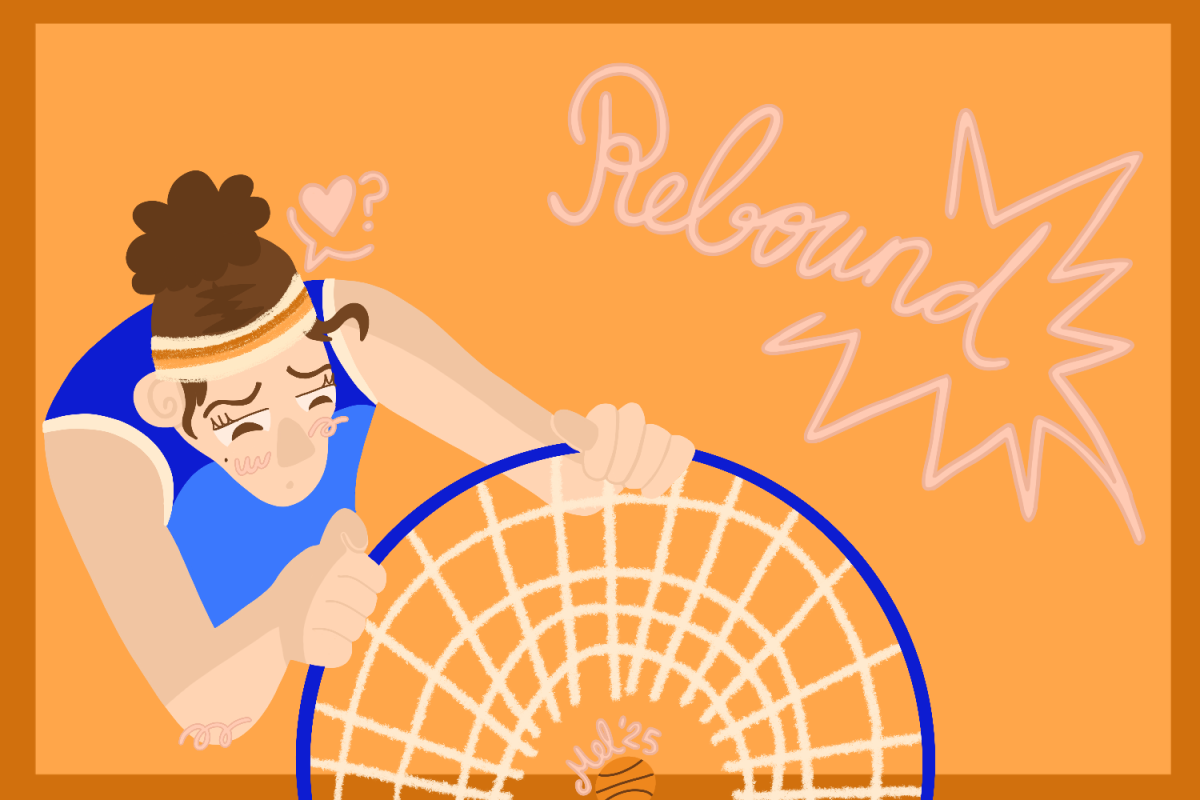
There is currently no cure for Alzheimer’s disease. Although medicines and treatments do exist, there is no going back once diagnosed. In fact, the more time that passes, the worse Alzheimer’s gets. The memory loss is not so extreme in the early stages, but the disease is a very common gateway to dementia. Perhaps it’s time for a little change.
The Massachusetts Institute of Technology recently conducted a study indicating that seemingly lost memories that cannot be retrieved in someone with Alzheimer’s are actually still in the brain, according to a Wednesday press release. This new research is not a cure by any means, but it does indicate that it’s not an issue of learning or storing a new experience. It’s just a matter of getting to them.
“Losing a memory often involves the inability to navigate the network of knowledge to make the connection with a specific memory embedded in the network,” said Howard Eichenbaum, director of both the Center for Memory and Brain and the Cognitive Neurobiology Laboratory at Boston University. “When a specific cue gets you close enough into the network, you can succeed in navigating to a memory that was otherwise ‘lost.’”
MIT neuroscientists proved this to be true by experimenting on mice, using a technique to associate light with fearful experiences. One group of mice was genetically engineered to develop Alzheimer’s, and one group was left alone. Researchers put both groups in a chamber and shocked them. They found that all the mice, both with the Alzheimer’s and the control, immediately showed fear when being put in the chamber an hour later. However, after a few days, the mice with Alzheimer’s did not seem to recall the shock, while the other mice still seemed scared.
When researchers tagged certain cells to associate fear with light-sensitive proteins called channelrhodopsin, the mice with Alzheimer’s were able to remember the painful shocks days later and immediately showed fear when put back in the chamber.
“It looks like, just by the natural cues of the environment, they cannot fully remember where they were or what happened. But if you directly trigger cells participating in that experience, one part of the brain known as the hippocampus, all these mice seem to be able to retrieve all sorts of memories,” said Dheeraj Roy, a third-year doctoral student at MIT, who is one of the leading authors of the study.
But that was just for short-term memories. To be able to retrieve long-term memories, researchers “stimulat[ed] new connections between the entorhinal cortex and the hippocampus,” according to the MIT press release. By using light to stimulate the entorhinal cortex, which correlates with the memory-encoding hippocampal cells, the mice produced longer-term memories. When the researchers placed the mice in the shock chamber, the mice were able to remember the memory quickly.
Unfortunately, this process, called optogenetics, is “next to impossible” to perform on humans for numerous reasons, Roy said. First, scientists must put the light-sensitive protein into the brain, which would require some sort of vehicle, such as a wire. Second, the light must go deep into the brain through an optic fiber in an implant.
And third, Roy said, “You’re going to have to plug this animal into a laser output and put a pretty high amount of laser power so the brain will get warm.”
The study, however, still has a positive new direction to take.
“The utility of this study is that we also gave one way of restoring memories permanently, and that was to increase the strength of these neurons,” Roy said. “In my mind, a good direction is this — can we mimic this strengthening subset of neurons in the brain using a drug, for example? It doesn’t have to be done using light. We’re looking, and I think that’s a nice, feasible direction to go in in the future.”


















































































































